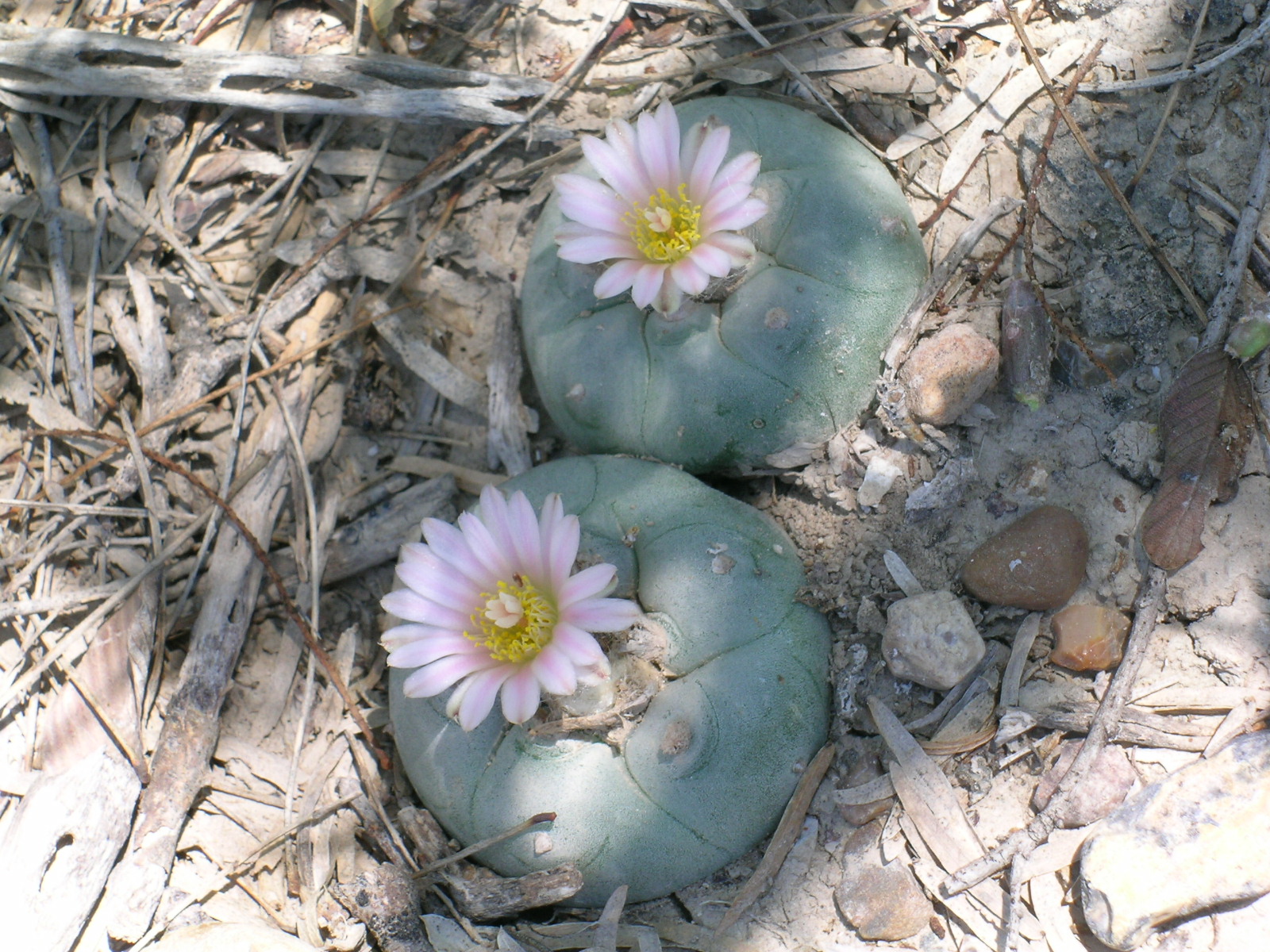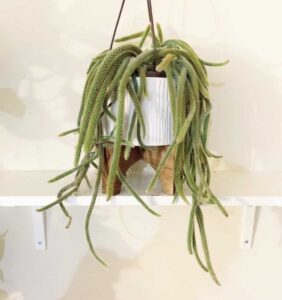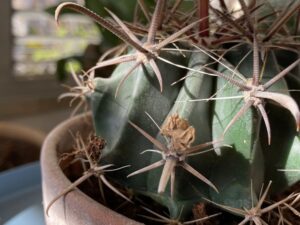Amidst the expansive landscapes of Texas, from the sun-baked deserts to the rocky terrain of the Hill Country, a remarkable collection of cactus species thrives. These resilient plants, adorned with myriad shapes and sizes, are not merely flora; they are the enduring sentinels of the land. Each cactus tells a story—a tale of survival, adaptation, and the unparalleled beauty of the Texan wilderness. This article delves into the unique cactus species native to Texas, highlighting their distinct characteristics, ecological significance, and the allure they bring to the Lone Star State.
Exploring the Array of Native Species
Texas is home to over 50 native cactus species, each one a testament to the state’s rich biodiversity. Among these, the prickly pear cactus stands out as a quintessential emblem of the Southwest. Found in a variety of habitats, from sandy plains to rocky hillsides, the Opuntia genus offers a stunning display of vibrant flowers in hues of yellow, pink, and orange. This species not only enchants the eye but also serves as a vital resource for wildlife. Its pads and fruits, known as “tunas,” provide sustenance for birds, mammals, and insects alike, weaving a tapestry of life in an otherwise arid environment.
Another remarkable native is the saguaro cactus, towering majestically like sentinels against the vast, blue Texas sky. Though more commonly associated with Arizona, the saguaro has found its place in the Trans-Pecos region. This grand cactus can reach heights of up to 40 feet and live for over a century, with each “arm” added during the aging process akin to the wrinkles that tell the story of a wise elder. The saguaro is not just a sight to behold; it plays an essential role in its ecosystem, offering nesting sites for birds and a rich nectar source that fuels pollinators like bats and bees. Its presence evokes a sense of wonder and reverence for nature’s ability to flourish even in the harshest conditions.
Beneath the Surface: The Hidden Wonders of Cacti
While the aesthetic appeal of cacti is undeniable, their adaptations to the challenging Texan environment are equally fascinating. Cacti have evolved complex mechanisms to survive prolonged droughts and extreme temperatures. The phenomenal water retention capacity of their fleshy tissues allows them to endure extended periods without precipitation. Additionally, the thick, waxy skin of cacti minimizes water loss while their spines serve a dual purpose: protecting them from herbivores and providing shade that reduces heat absorption during the sweltering afternoon sun.
Among the lesser-known treasures of Texan cacti is the Lophophora williamsii, commonly known as the peyote cactus. This small, disk-shaped cactus is not only striking in appearance but is also steeped in cultural significance. Revered by Native American tribes, the peyote cactus contains mescaline, a psychoactive alkaloid used ceremonially for spiritual experiences. Its profound connection to tradition and mystique adds an intriguing layer to the narrative of Texas’s botanical diversity.
The Unforgettable Beauty of Cacti in Bloom
Cactus flowers are a fleeting spectacle, yet they leave a lasting impression on all who witness their extraordinary beauty. The bloom of a prickly pear, for instance, bursts forth in resplendent colors. However, this ephemeral blooming period typically lasts only a few days, underscoring the significance of savoring nature’s transient moments. Each blossom unfolds in exquisite detail, akin to a master artist’s handiwork, inviting pollinators and admirers alike. The contrast between the harsh, spiky exterior and the delicate petals embodies the thematic duality that cacti represent: strength intertwined with beauty.
Contributing to the Ecosystem: Cacti as Keystone Species
The importance of native Texas cacti extends beyond aesthetics and adaptability; they play a pivotal role in their ecosystems. Often termed keystone species, cacti provide critical resources that support a diverse tapestry of life. Various birds, including the iconic gilded flicker and the enchanting curve-billed thrasher, rely on cacti as nesting sites and food sources. Additionally, many insects, such as the unique cactus moth, have evolved to specialize in cacti, demonstrating intricate natural relationships. By examining these connections, one gains a deeper appreciation for the interdependence of species within the fragile desert ecosystem.
Fostering Appreciation and Conservation Efforts
The beauty and ecological significance of Texas’s native cacti underscore the importance of conservation efforts. Habitat loss, climate change, and human encroachment pose threats to these remarkable plants. By fostering awareness and appreciation for native cacti, individuals can contribute to preserving the diverse flora of Texas. Community initiatives, educational programs, and botanical gardens serve as vital platforms for promoting sustainability and protecting the unique treasures of the Texan landscape.
In conclusion, the unique cactus species that flourish in Texas encapsulate the essence of resilience, beauty, and ecological importance. As guardians of the desert, they inspire reverence and admiration, inviting all to explore the rich tapestry woven by nature. With their striking form and complex role in their ecosystems, Texas’s native cacti stand as a testament to the wonders of the natural world, beckoning us to appreciate and protect the extraordinary biodiversity that defines this remarkable region.




Leave a Comment